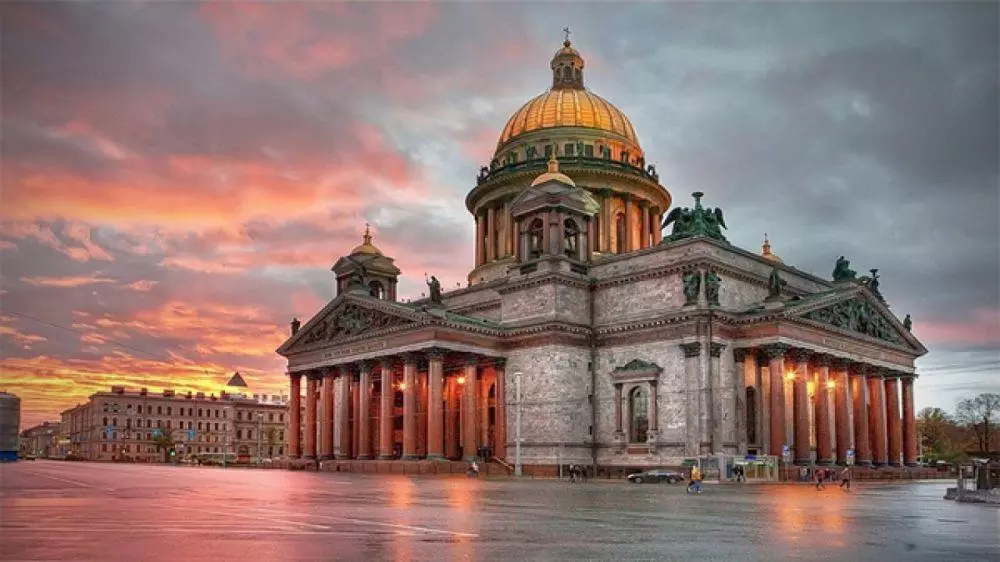Comments
- No comments found

The media has long been affected and influenced by the Western bearish view on investment prospects in Russia © BBN
Commodities
Energy is key to the country’s economy, accounting for 25% of its gross domestic product (GDP), 50% of federal budget revenues and 68% of exports, as claimed by the Barclays economist Eldar Vakhitov. As such, OPEC’s semi-annual meeting has certainly not been good news for Russia. OPEC’s decision to carry on their “oversupply” of oil with the hope to get back their market share has plunged oil prices to near 7-year low.
In addition to that, the continuing supply from prodigious US producers despite low prices and new actors entering the market such Iran might push prices to linger at $35-$45 level for a larger part of 2016 and so, Kremlin might have to revise its expectations on its 2016 budget, based on $50 a barrel. Russia supplies a third of Europe’s natural gas, with more than half of that flowing through Ukraine and is considered to be the world’s largest producer of palladium. Since oil prices are low, the Russian government has been more business friendly and reform minded to overcome the reliance on the energy industry. The Russian and Ukrainian conflict matters to commodity markets, having significant consequences for wheat, oil and gold prices. When the currency is devalued by 50%, commodities exports including Nickel, Potash and Coal represent trending prospects. Investing in Russia might pay off in the long run. The sanctions are relatively mild compared to Iran, North Korea and Cuba.
The country still has high currency reserves and low debts, while it continues to provide much of Europe’s energy. Due to the recent sanctions, potash supplies are of great concern since the lark of fertilizer is limiting the increase in crop output needed to accommodate the demand. Amid western sanctions and low crude prices, Russia agreed a bouquet of oil deals worth $2 billion with India reached out during the annual summit between President Vladimir Putin and Narendra Modi, enabling Moscow to diversify its capital needs of new fields. India’s 7% rise in oil demand and 6% growth looks to be an added advantage for Russia in a time tested political relationship. Indeed, Russia is using natural resources as a shield to protect itself from further sanctions, similar to squeezing Ukraine in 2006.
In addition, Russia expects to put pen to paper with Azerbaijan, considering natural gas consumption in the region. SOCAR (State Oil Company of Azerbaijan Republic) and Gazprom (Russian Global Energy Company) are looking for an agreement with the framework of the swap operations with a volume of supplies amounting to nearly two billion cubic meters of gas per year (about 10 million cubic meters daily). The gas swap allows Azerbaijan to further ensure gas supply to southern regions of Russia, to test out the country’s gas storage facilities, as well as, in case of a consistently high level of injection into Russia, to decrease the volume of extraction of associated gas to pump it to the maximum extent to reservoirs, hence the increase of the oil output.
Russian Market Exchange Traded Funds (ETFs)
Vladimir Putin aims to make Moscow a major financial centre. During 2015, Russian ETFs were among the best performers, up about 20% and 40% from lows in December. An Exchange traded fund is a type of fund, which divides the ownership of underlying assets including bonds, oil futures and foreign currencies into shares, owned indirectly by shareholders.Screen Shot 2015-12-29 at 23.37.03 Russian Investors went against the crowd amid a cheap stock market, with a price-to-earnings ratio of around 5. Indeed, if investors buy Russian stock markets now, they are very likely to outperform U.S stock markets over the medium term. Russia will be different in 5 years. Sure, volatility will remain due to tensions around Ukraine and energy prices bouncing around. Nonetheless, there are many reasons to get long – buy- Russia now, as the contrarian signal is confirmed. Compared to the BRIC nations, Russia’s 13.4% year-to-date gain posted by Market Vector Russia ETF Trust is unbelievable in comparison to nearly any emerging markets ETF.
The surge is impressive considering Russian stocks have risen in the face of tumbling oil prices. RSX, the largest Russian ETF, allocates nearly 43% of its weight to the energy sector. Could RSX defy the odds once again in 2016? Russia cannot withstand another shock in the oil market, most economists agreed. Other dangers looming for 2016 includes rouble, strains in the banking industry and geopolitics. Fitch Ratings predict a negative outlook for Russian oil and gas companies for next year. Nonetheless, investors do not appear nervous about what 2016 will unfold for RSX. Consumer staples and financial services could be important catalysts, as both sectors amount to 24% of RSX’s weight.
Sanctions have hurt Russia much less than the oil price, and in some cases have actually prompted improvements. Although, the country is expected to face off a severe recession in the wake of 2016.
Leave your comments
Post comment as a guest